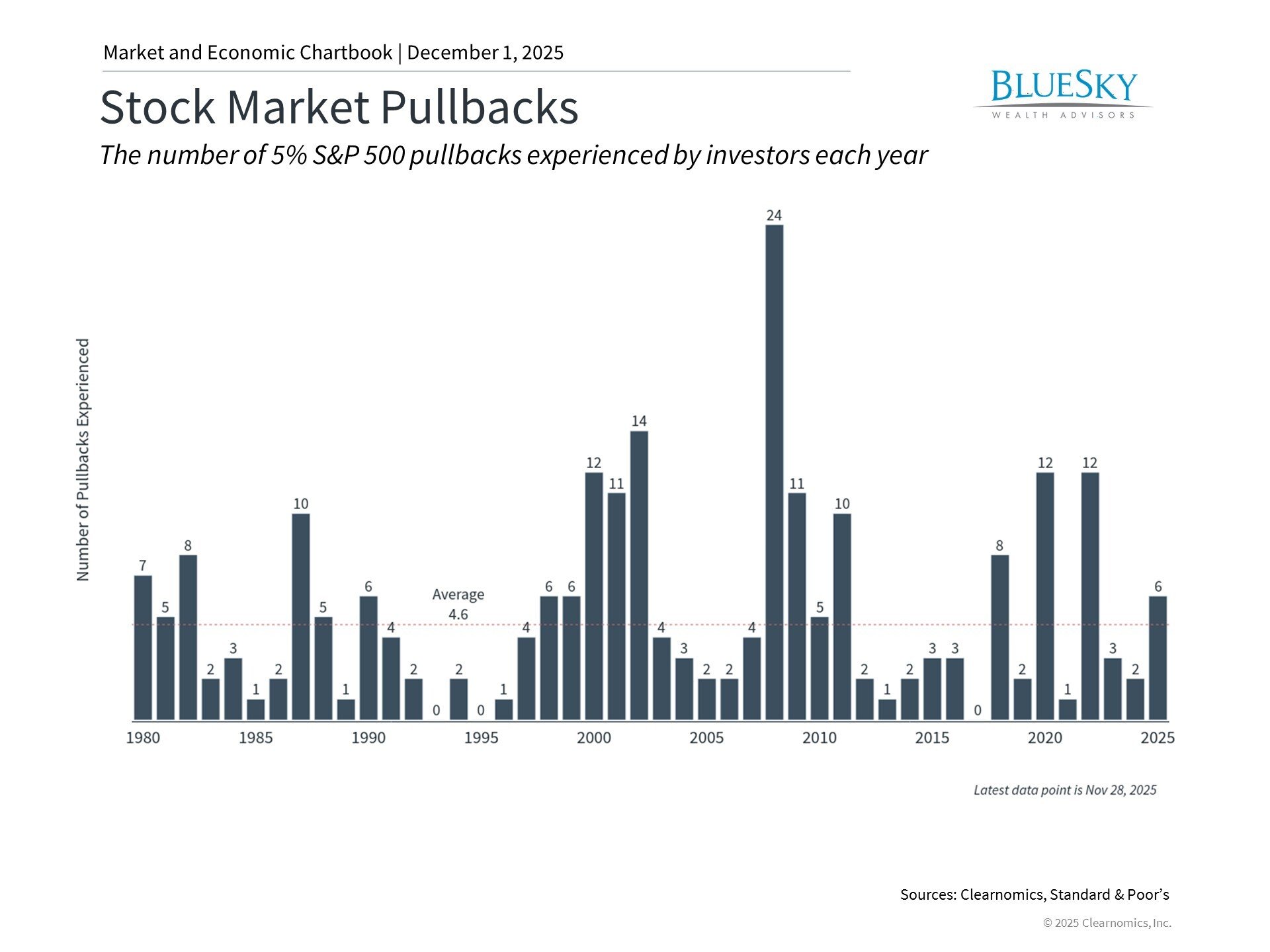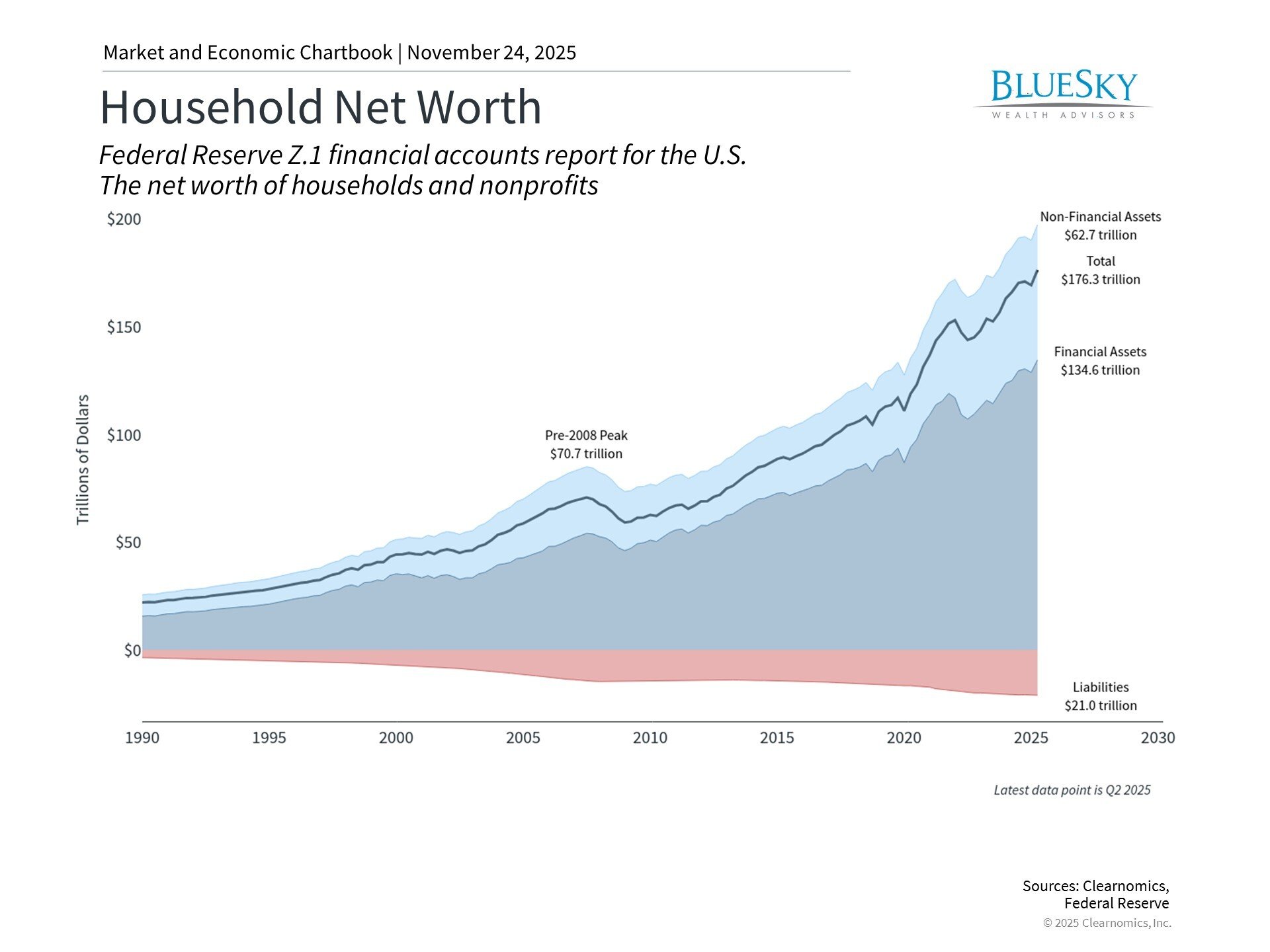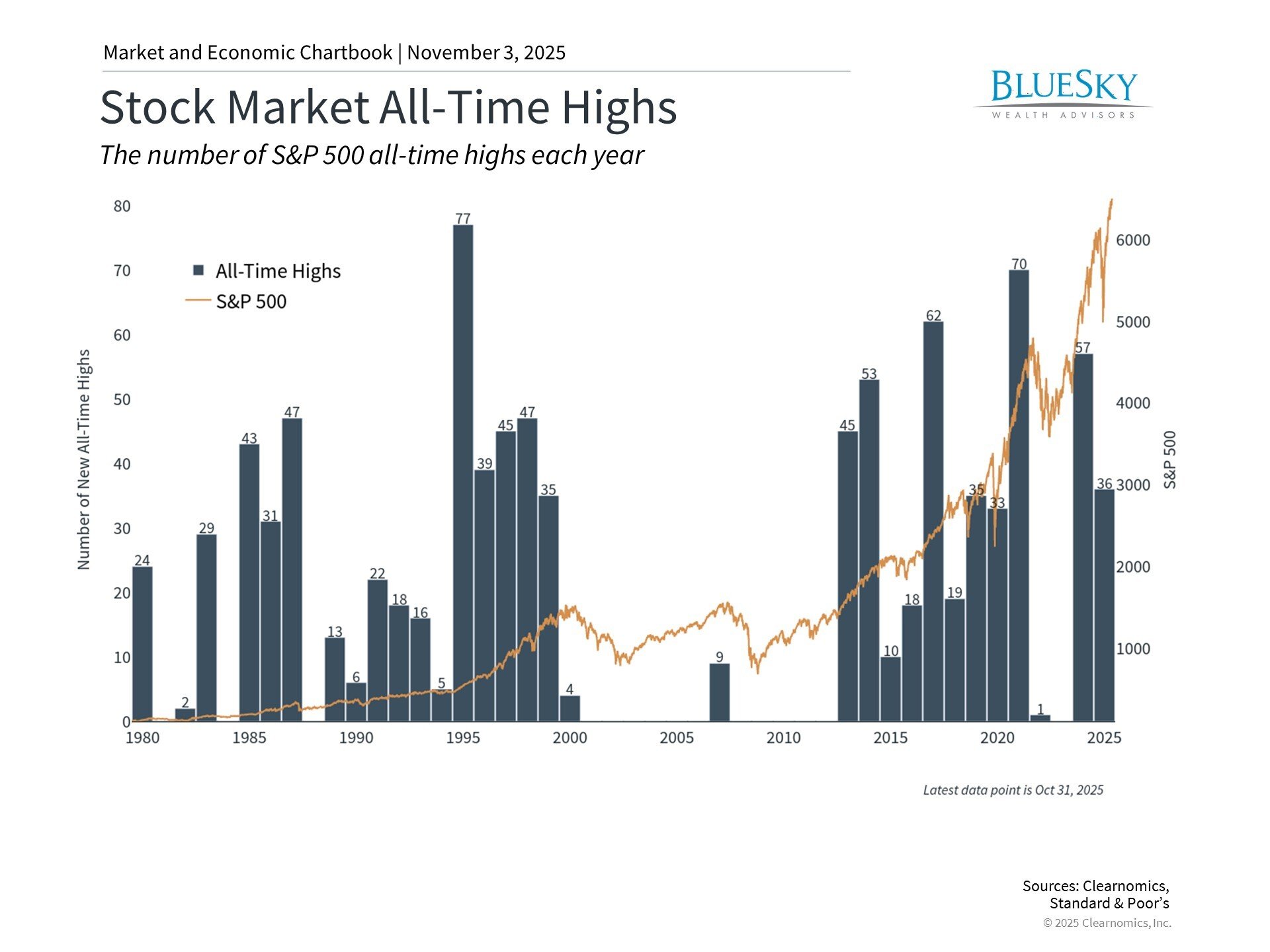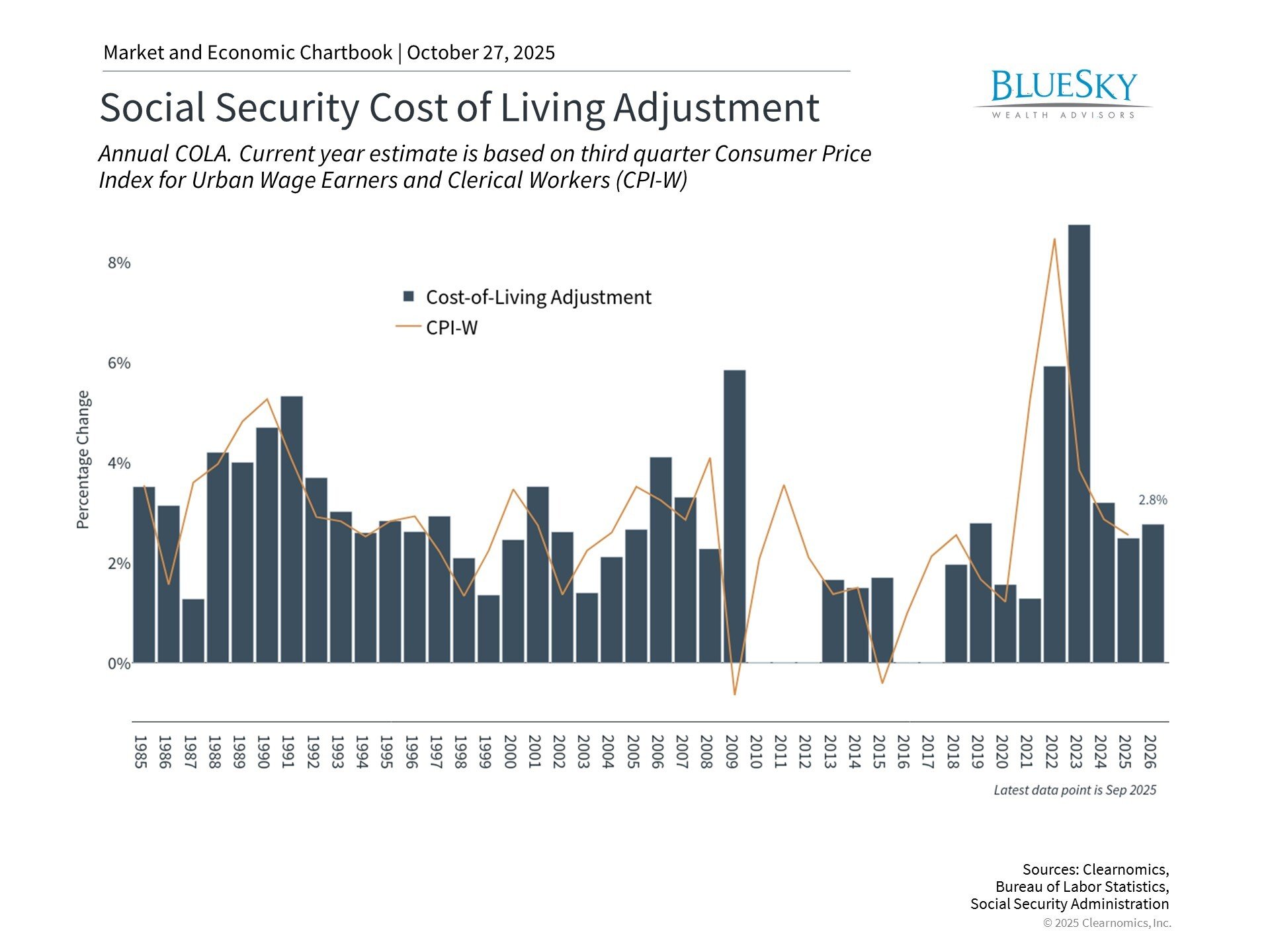
HIDDEN MARGINAL TAX TRAPS
HIDDEN MARGINAL TAX TRAPS

Senior Wealth Advisor John Gjertsen, CFA, CFP®, EA explains that marginal tax brackets aren’t always what they seem:
Since 2013, federal marginal income tax rates have been calculated along a progressive scale, starting at 10%, then climbing to 15%, 25%, 28%, 33%, 35%, and finally 39.6%. However, the committees of brilliant (sarcasm) legislators who crafted the US Tax Code have hidden some rather onerous marginal rates lurking in rather pedestrian places like the 15% bracket.
Consider Charlie
Charlie was 64 years old and single in 2016. A retiree who is not yet eligible for Medicare, he purchased health insurance on the individual marketplace, and because his mother lives with him and he lists her as a dependent on his return, he is able to qualify for premium tax credits. In 2016, he collected Social Security in the amount of $25,000, realized $25,000 of long term capital gains, and figured he could make a $12,000 Roth conversion and still qualify for the premium tax credits.
But before the end of 2016, Charlie, whose tax summary page will report is in the 15% marginal tax rate, decides instead to draw just $1000 more out of his IRA, still qualifying for premium tax credits, and now discovers his federal income tax liability is $651 dollars higher, a staggering 65.1% marginal tax rate! How can this be?
Although Charlie is a hypothetical taxpayer constructed intentionally to fall headlong into three horribly disguised marginal tax traps, with some 122 million taxpayers it is very likely that more than a handful of them are going to look a lot like Charlie. So here’s what happened:
Trap #1: Qualified Dividends / Capital Gains
This affects every taxpayer with ordinary taxable income in the 15% or lower bracket, but when qualified dividend and long-term capital gain income are included the taxable income extends beyond the 15% bracket.
Marginal income, under these assumptions, is taxed at the 15% ordinary bracket, but additionally, the additional ordinary income compresses the envelope of qualified dividends and capital gains which are taxed at 0%, pushing this qualified income into the 15% capital gains rate. The result is a particularly nasty 30% marginal income tax rate hidden in the nominal 15% income tax bracket.
Trap #2: Social Security
The taxation of Social Security is a convoluted calculation involving the comparison of one-half of Social Security plus all other income to two breakpoints defined by filing status. Suffice to say, some Social Security beneficiaries will see none of this income taxable, others will see the maximum of 85% of it taxable, and in between it will be taxed at a sliding percentage between 0% and 85%.
The “in between” is where the marginal tax trap is. Every additional dollar of income in the lower part of this range adds $1.50 of taxable income, and in the upper part of this range adds $1.85. Thus, the marginal bracket is hiked by 50% or 85%, so the 15% bracket temporarily looks like 22.5% and then 27.75% before reverting back to 15%.
Trap #3: Premium Tax Credit
Pre-Medicare taxpayers who have no ability to get employer coverage or employer coverage from another person may be able to qualify for Premium Tax Credits introduced in the Patient Protection and Affordable Care Act. The amount of the credit is a calculation involving family size, federal poverty level, and the cost of an average (second cheapest Silver) qualifying health insurance plan in the ZIP code of the taxpayer. Effectively, between 100% and 400% of federal poverty level defined by family size, the maximum family contribution (what the taxpayer pays for health insurance before the credit absorbs the rest) increases progressively from 2.04% to 9.69% of income. The reconciliation of the premium tax credit that was prepaid to the premium tax credit that was due is computed on Form 8962, further complicated by a potential cap on the repayment of the credit. The result is either a tax (excess advance premium tax credit) or a refundable credit (net premium tax credit).
While interesting in its own right, the trap Charlie fell into is not the enormous (practically infinite!) and instantaneously short “marginal tax rate” on the $1 of income that moves a taxpayer beyond the 400% of FPL “cliff,” thus disqualifying the Premium Tax Credits altogether. Rather, within the PTC-qualifying range there is effectively an add-on between 2.04% and 9.69% to the marginal rate. The marginal rate of income tax is applied, and additionally net premium tax credit is reduced (or excess premium tax credit is applied).
Let’s Give Charlie’s Story a Happy Ending
With the assistance of competent tax advisors like BlueSky Wealth Advisors, Charlie realized in early 2017 that the $13,000 Roth conversion wasn’t a great idea because of the hidden tax rates, and that even converting $12,000 was not the best plan. Fortunately, the IRS allows Roth conversions to be “recharacterized,” effectively pressing the undo button. Erasing $13,000 of conversion income from his return, he was able to file a slimmer return and save $4032 in federal taxes (31% of $13,000).





